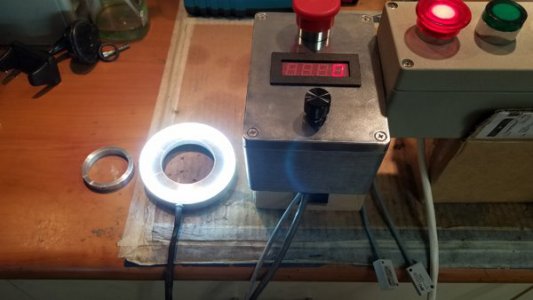- Joined
- May 20, 2017
- Messages
- 162
Ok - got some free time and wanted to at least commence tackling set up of my RF45, which includes DRO install, tramming, and building of the MachTach tachometer product. It has been sitting in its half-opened yellow envelope for a few months now, so now it is at least assembled and soldered together and has passed the preliminary vendor tests. It went together pretty easy, however, it is smaller than I prefer. I was pretty impressed with the supplied plastic case that was constructed on a 3D printer. This is my first application where I had a chance to fondle a 3D printer product, and it much beefier and dimensioned than I expected. My next step will, of course, be to attach to the machine, but I think I will so that simultaneously with the DRO install. Has anyone built and/or used this MachTach product?
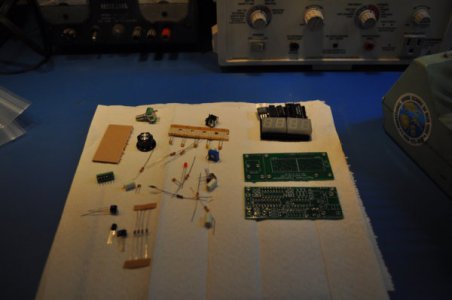
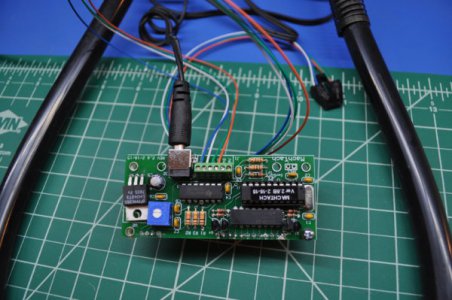
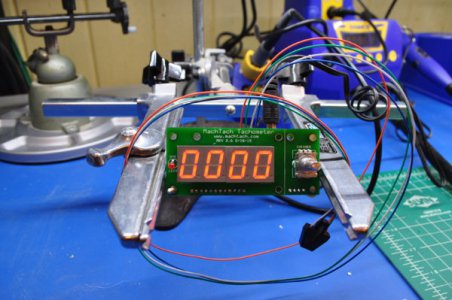





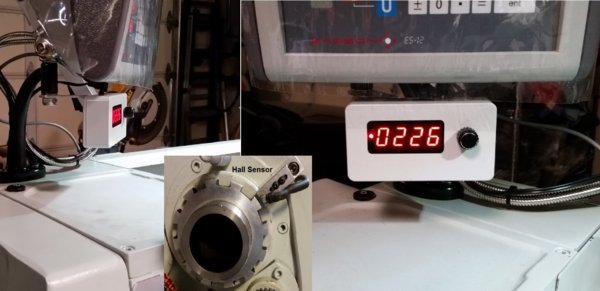
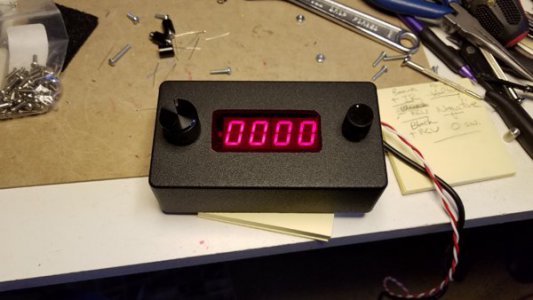
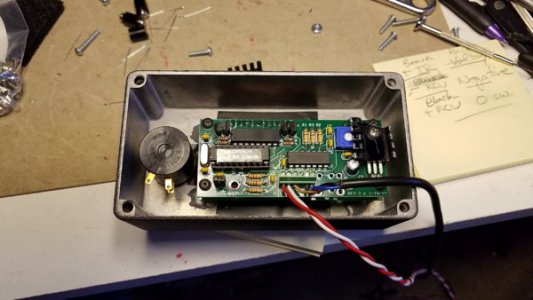
 Mark
Mark